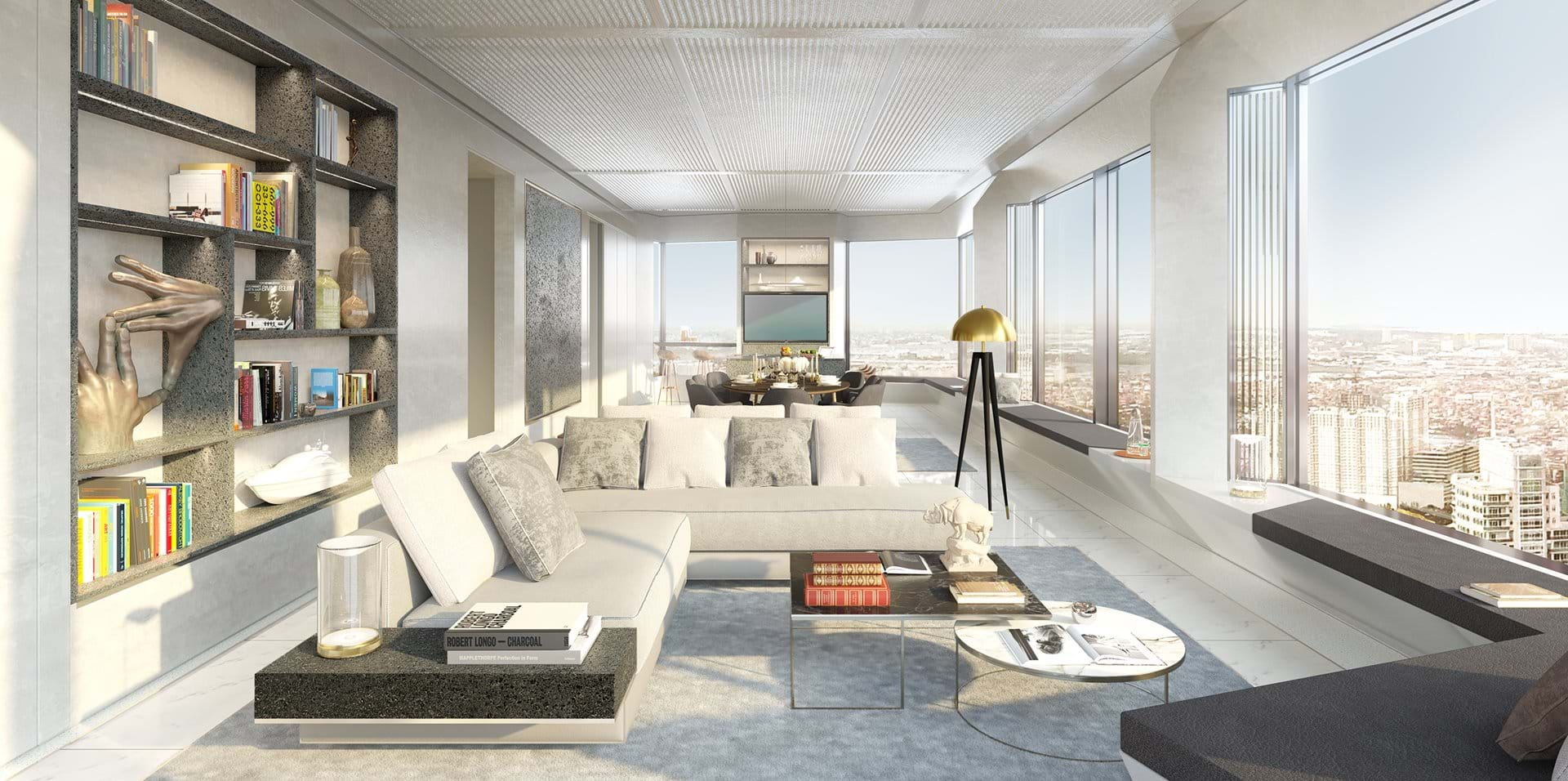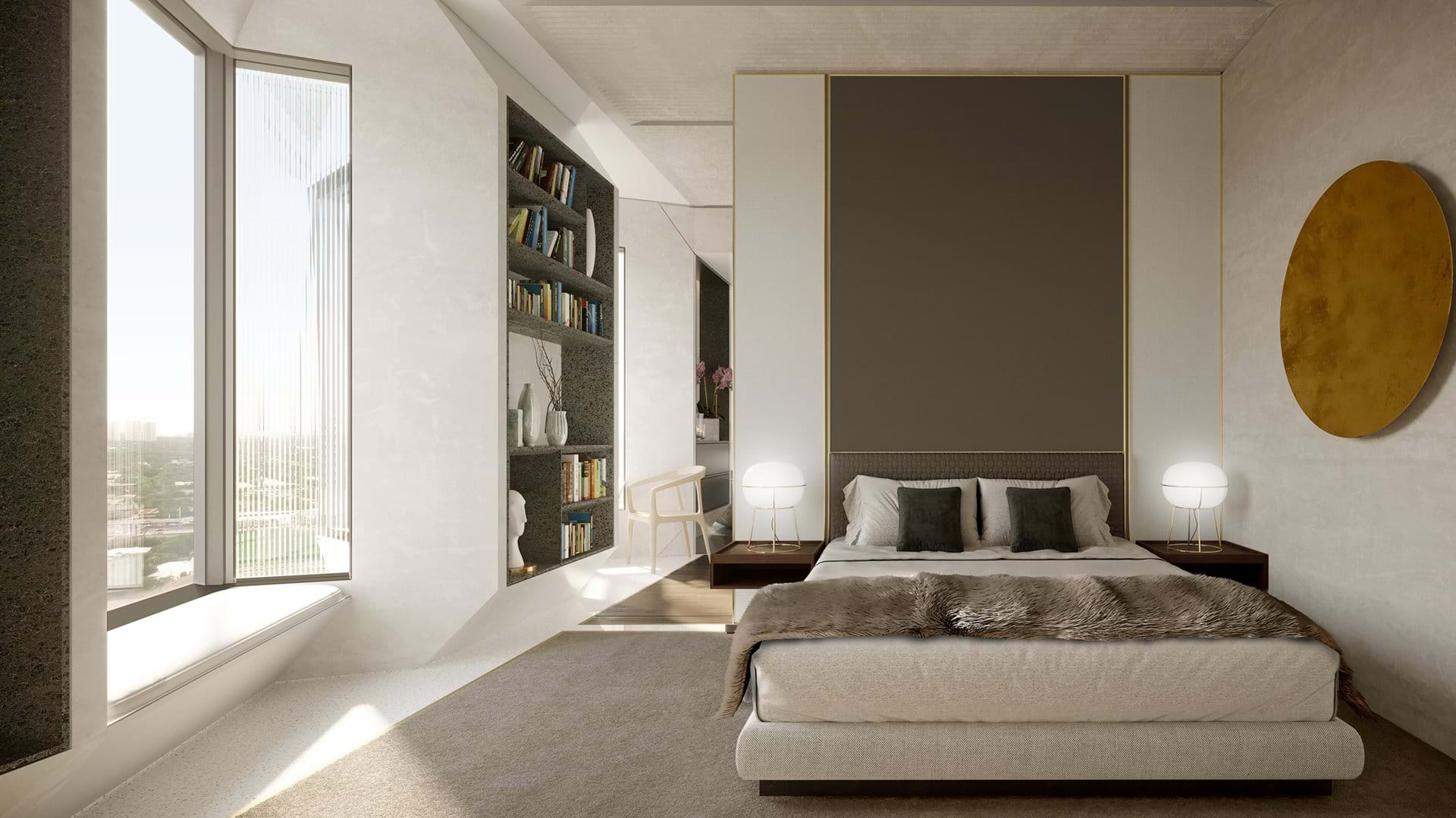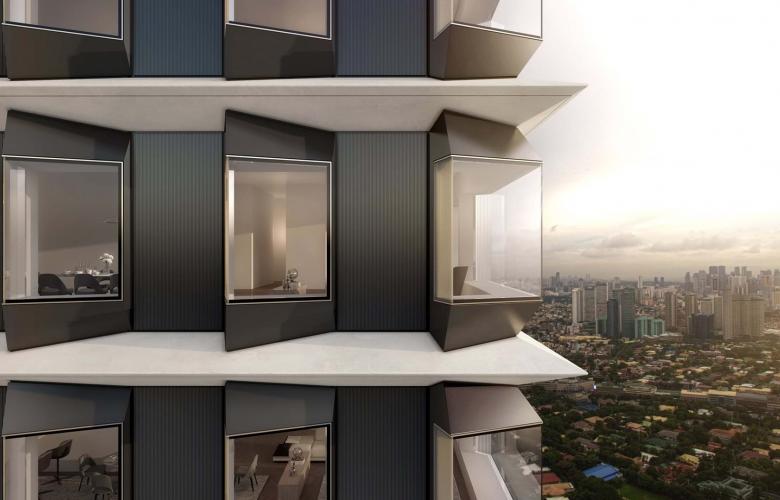Foster + Partners break ground on first Philippines project
Contact
Foster + Partners break ground on first Philippines project
British international architecture and design studio Foster + Partners have commenced construction on the Estate Makati in Manila.
Construction is underway on a new residential tower in the heart of Manila's Makati Central Business District.
Situated on the last undeveloped site along the famous Ayala Avenue, the 54-storey Estate Makati is the first Philippines project for British international architecture and design studio Foster + Partners.
Head of Studio and Senior Executive Partner, Luke Fox, who is leading the project said the cantilevered, column-free structure design provided flexible loft-like spaces that responded to different needs of the residents.
"Set against the backdrop of panoramic views of the city, the entire experience has been designed as a journey – from the moment the residents enter the site through to the flow of spaces in every apartment," he said.

Source: Foster + Partners
From the moment they enter the site on the north-eastern side, residents are meant to be transported into an oasis of calm as they drive up a private road around the building – much like a private country estate – surrounded by lush greenery.
The ground floor lobby is designed as a ‘living room’, with a sequence of interlinked, yet secluded pocket spaces overlooking tranquil bodies of water.
Four banks of private lifts take residents directly into the heart of their apartments, each occupying a single quadrant of the cruciform plan.
The living spaces are arranged radially to ensure every apartment is a true corner unit with panoramic 180-degree views of the city.
The building incorporates the concept of an ‘inhabited façade’, where the building’s skin is treated as a three-dimensional space, allowing the residents to literally move into the outer skin of the building.
Bathtubs, desk spaces or day beds have been integrated with the specially designed bay windows that allow privacy yet permit natural light and framed views.

Source: Foster + Partners
The façade features deep horizontal fins that provide shade and allow for natural ventilation, making an essential contribution towards achieving a LEED Gold rating, alongside electric charging stations for 50 per cent of the parking bays.
The building structure features a generous floor-to-ceiling height of up to 4.6 metres, as well as innovative double slabs that carry the services in the void between the top and bottom surfaces.
Wiring and pipes can be reconfigured easily to match any new layout of spaces in the future, making each apartment completely customisable.
The notion of flexibility carries through to the spatial layouts of the apartments – multiple units can be connected on every level to form full-floor apartments.
Mr Fox said the tower would "deliver a new approach to residential living in the Philippines”.
Similar to this:
Inaugural ceremony marks completion of Nanshan Technology Finance City in Shenzhen
Infrastructure to positively impact residential demand in Manila










